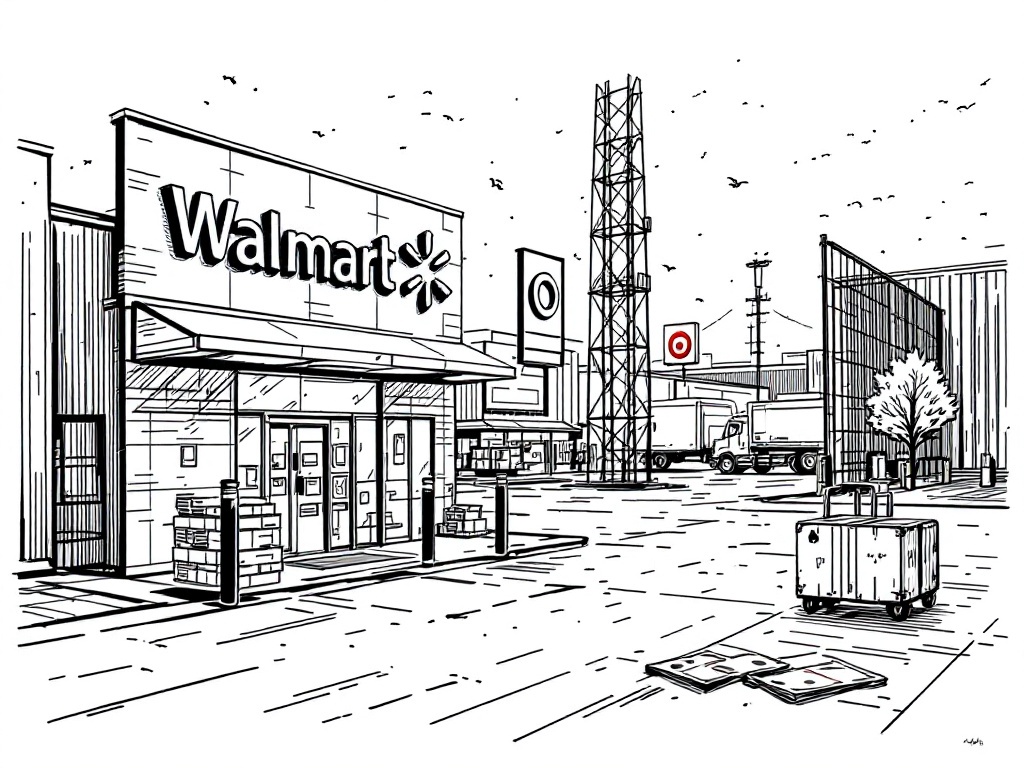Major Retailers Struggle with Tariff Burden Amid Inflation

Washington, D.C., Thursday, 29 May 2025.
U.S. retailers, including Walmart and Target, are absorbing tariff costs without raising prices, a significant challenge given inflationary pressures impacting consumer spending and supply chains.
Tariff Management Amid Economic Strain
Recently, major U.S. retailers like Walmart and Target have been compelled to absorb the costs imposed by tariffs without transferring the financial burden to consumers. This strategic decision comes amidst persistent inflationary pressures that have strained consumer spending and disrupted supply chain operations. According to a recent update from NPR on May 28, 2025, Target has already adjusted its financial forecast for the year, taking these cost challenges into account, but has notably refrained from implementing tariff-related price increases [1].
Judicial Interventions and Market Reactions
Adding complexity to the economic landscape, a recent ruling by a U.S. trade court has blocked most of the tariffs imposed by President Donald Trump, citing constitutional constraints on presidential authority over commerce. The decision, delivered on May 28, 2025, was expected to provide some relief to retailers struggling under the tariff regime. Financial markets reacted positively, with notable rises in the U.S. dollar against several major currencies following the court’s decision [2]. However, tariffs on key sectors like automobiles and steel remain, prolonging some fiscal pressures on related industries [3].
Sector-Specific Challenges and Strategic Adjustments
Retailers and restaurants across the U.S., particularly those engaged in the seafood sector, have already begun adjusting prices and menu offerings in response to tariff-induced cost hikes. Some restaurants, like Today’s Crab House in Maryland, have raised shrimp prices significantly to offset increased import tariffs that affect their supply costs [4]. As these businesses navigate the financial strain, industry analysts project continued pressure and strategic adaptations throughout the year due to fluctuating tariff rates [5].
Economic Outlook and Long-Term Implications
The broader economic implications of tariffs are far-reaching, with potential reductions in retail media ad spend and overall economic performance in 2025. Heavy tariffs could reduce projected gains in U.S. media ad spending, though retail media ad spending is still expected to grow by 8.5% year over year [6]. Meanwhile, policymakers and businesses alike face a complex balancing act: absorbing costs to maintain consumer goodwill while safeguarding profitability and capacity for reinvestment. The coming months will be critical as retailers and policymakers assess the cascading effects of tariffs on the U.S. economic landscape [7].
Sources
- www.npr.org
- www.reuters.com
- finance.yahoo.com
- www.seafoodsource.com
- www.investopedia.com
- www.emarketer.com
- www.marketplace.org